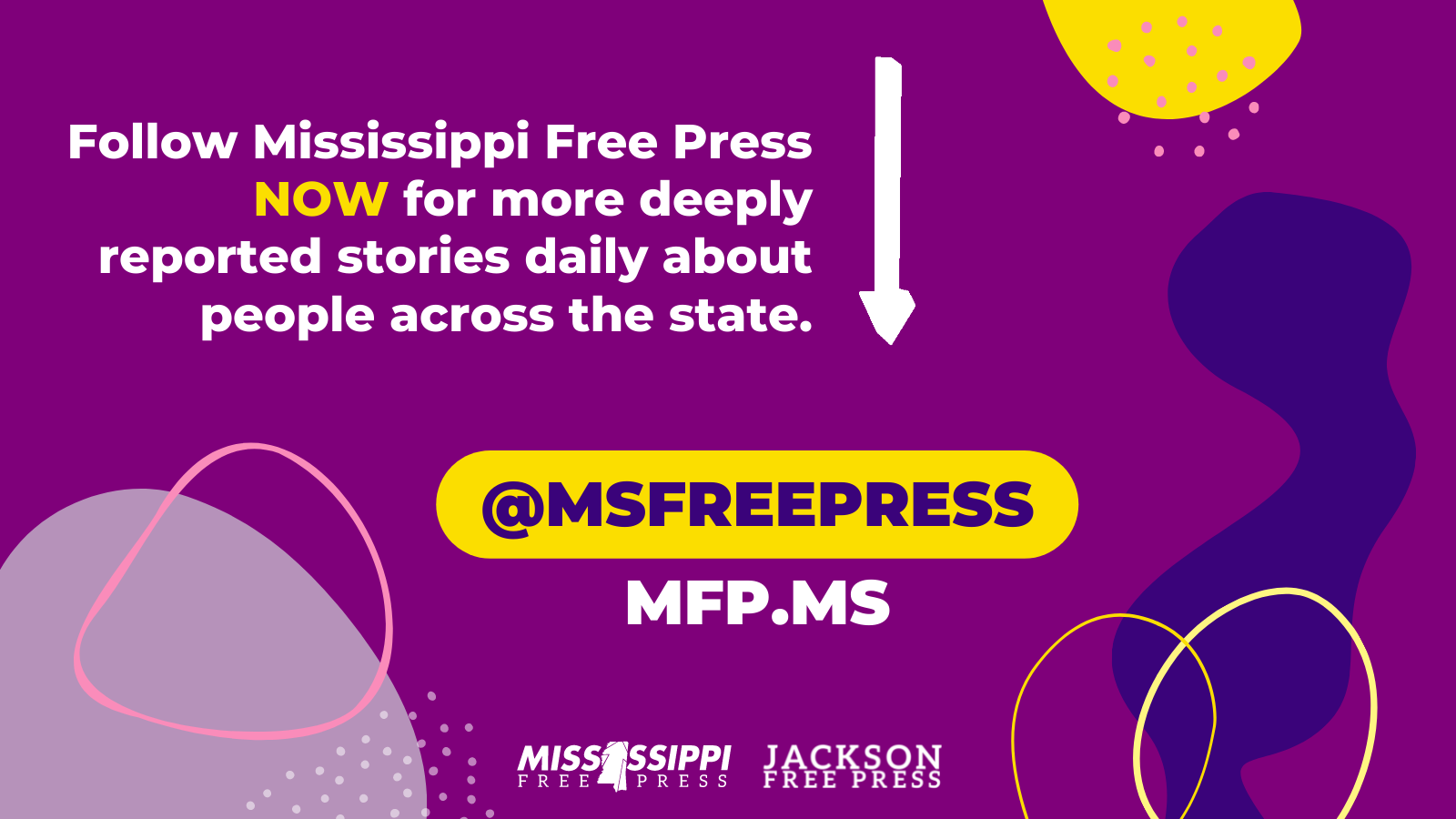WASHINGTON (AP) — As the Justice Department probes the police shooting of an unarmed 18-year-old in Missouri, history suggests there's no guarantee of a criminal prosecution, let alone a conviction.
Federal authorities investigating possible civil rights violations in the Aug. 9 death of Michael Brown in the St. Louis suburb of Ferguson must meet a difficult standard of proof, a challenge that has complicated the path to prosecution in past police shootings.
To build a case, they would need to establish that the police officer, Darren Wilson, not only acted with excessive force but also willfully violated Brown's constitutional rights. Though the Justice Department has a long history of targeting police misconduct, including after the 1992 beating of Rodney King, the high bar means that many high-profile police shootings that have raised public alarm never wound up in federal court.
"It's a very difficult standard to meet, and it really is satisfied only in the most egregious cases," said University of Michigan law professor Samuel Bagenstos, the former No. 2 official in the department's civil rights division. "Criminal enforcement of constitutional rights is not something that is easily pursued. It really requires building a case very carefully, very painstakingly."
Federal prosecutors, for instance, declined to charge New York police officers who killed the unarmed Sean Bell in a 50-shot barrage hours before his 2006 wedding. The four New York officers who in 1999 fired 41 shots at Amadou Diallo, an unarmed West African immigrant, after they said they mistook his wallet for a gun were acquitted during a state trial and never faced federal prosecution for his killing.
More recently, the Justice Department did not charge either of the officers who shot and killed Miriam Carey, a 34-year-old woman who last year drove into a White House checkpoint and then led police on a car chase toward the U.S. Capitol.
"Accident, mistake, fear, negligence and bad judgment do not establish such a criminal violation," prosecutors wrote in explaining the decision.
In the Brown case, much will depend on the specific facts of the confrontation, which remain unclear. Police have said Wilson was pushed into his squad car and physically assaulted. Some witnesses have reported seeing Brown's arms up in the air before the shooting, an apparent sign of surrender. An autopsy paid for by Brown's family concluded that he was shot six times, twice in the head.
Investigators are working with a federal law that makes it illegal for officers to abuse their power by willfully depriving a person of his civil rights — in this case, the right to be free from an unlawful search and seizure. The statute does not require an officer to have been motivated by racial bias, but it does mean that he or she can not intentionally use more force than the law permits.
But the law is complicated by the fact that police officers are given latitude in their use of force, including in circumstances where an officer reasonably believed the force was necessary to capture a dangerous fleeing felon or had a good basis to fear his life or someone else's was in imminent danger, said Rachel Harmon, a University of Virginia law professor and former Justice Department civil rights prosecutor.
"In order to prove that there was a constitutional violation, the government would have to prove that from a reasonable officer's perspective, those circumstances didn't exist and that a reasonable officer wouldn't believe that they existed," Harmon said, noting that the Supreme Court has said courts should not apply the "20/20 vision of hindsight" in evaluating whether an officer used excessive force.
The civil rights statute in recent years has been used to prosecute law enforcement officers for a wide range of conduct, including sexual assault, robbery and shootings of unarmed civilians in New Orleans in the chaotic aftermath of Hurricane Katrina. But because it can be difficult to prove that an officer didn't feel threatened during a confrontation, far more successful prosecutions involve victims who were assaulted while already in custody, such as Abner Louima, the Haitian immigrant who was sodomized with a broomstick inside a New York police precinct.
Dynamic confrontations, like the one alleged to have preceded the Ferguson shooting, are more difficult than cases involving an "inmate who is handcuffed, or in a cell who gets beaten by a corrections officer," said David Weinstein, a former federal prosecutor in Miami.
In addition to the federal civil rights probe, a St. Louis County grand jury is hearing evidence about the death in its own investigation.
There is precedent for the Justice Department to become involved at the conclusion of a state case if federal officials feel justice hasn't been done. After four police officers were acquitted in a California state trial in the beating of Rodney King, the Justice Department filed federal civil rights charges and won convictions against two of them.
In the Ferguson case, dozens of FBI agents have canvassed the area to interview witnesses. Attorney General Eric Holder last week traveled there to help ease tensions and the department has obtained an additional federal autopsy to augment those carried out by local authorities and at the request of Brown's family.
"I don't know that it's an indication of there being something there (that points to guilt) any more than it is a response from Washington to show, 'We'll look at this. We'll find it out. Everyone please calm down,'" Weinstein said.
Copyright Associated Press. All rights reserved. This material may not be published, broadcast, rewritten, or redistributed.


Comments
Use the comment form below to begin a discussion about this content.
comments powered by Disqus